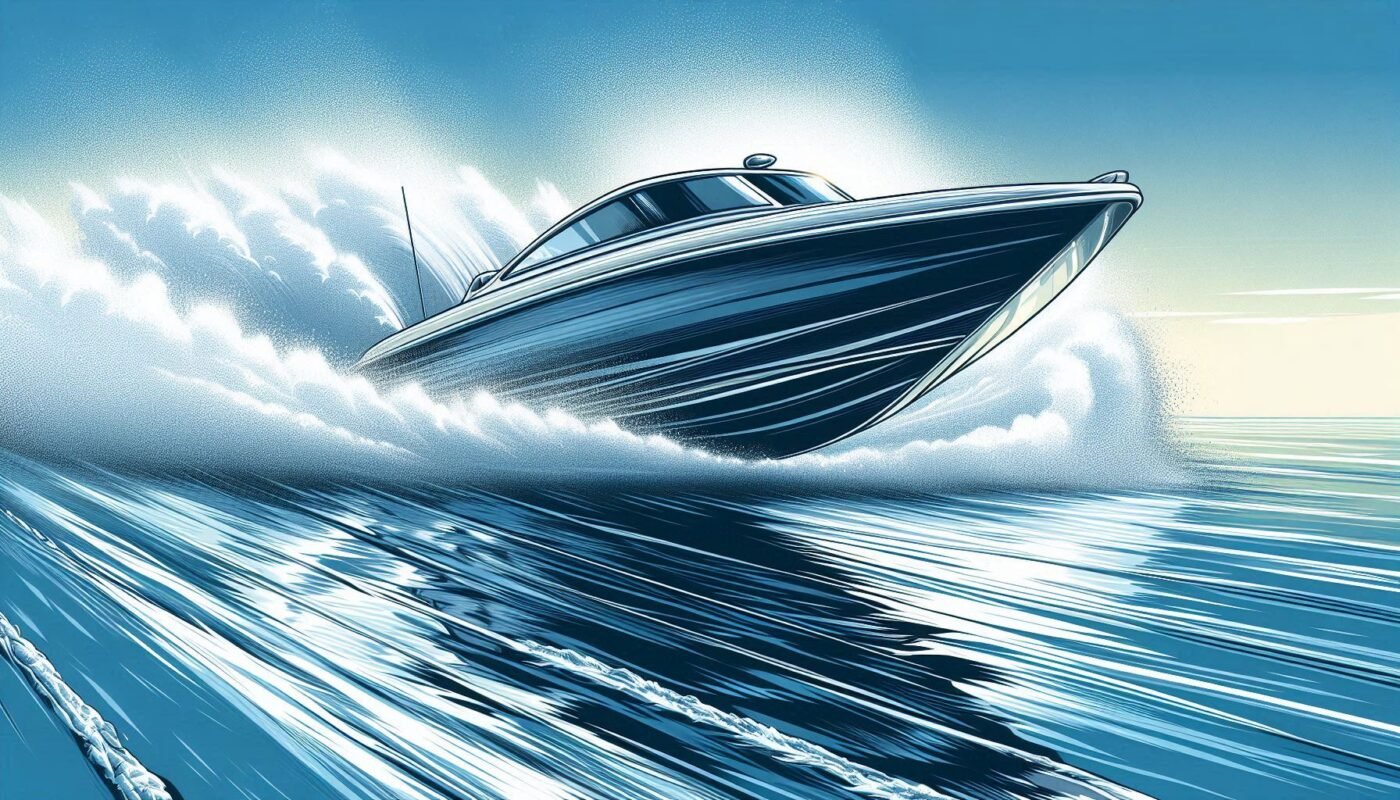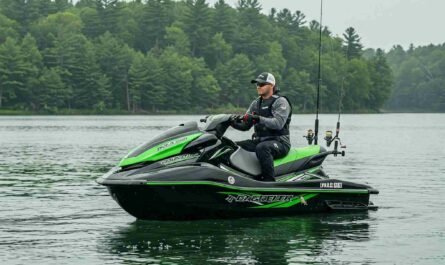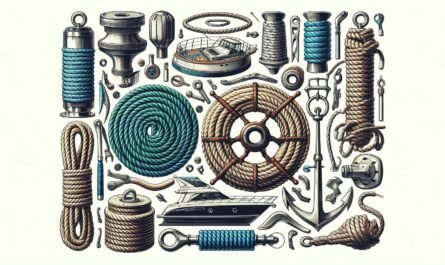Understanding Planing Hulls: How They Work on the Water
If you’ve ever watched a speedboat skim across the surface of a lake, seemingly flying above the water, you’ve seen a planing hull in action. But what exactly is a planing hull, and how does it work?
Whether you’re new to boating or just curious about the science behind speed on the water, this guide breaks it all down in simple, everyday language. Let’s dive in and explore why planing hulls are a big deal in the boating world.
What Is a Planing Hull?
A planing hull is a type of boat hull designed to rise up and glide on top of the water once it reaches a certain speed. Unlike displacement hulls that push through the water slowly, planing hulls reduce drag by skimming the surface. When moving at high speed, this makes them faster and more fuel-efficient.
Think of it like this: imagine running with snowshoes versus rollerblades. Snowshoes are great for steady plodding through snow—like a displacement hull. But rollerblades let you glide smoothly and fast across pavement, just like a planing hull does on water.
How Do Planing Hulls Work?
The magic begins with speed. A boat with a planing hull starts off in what’s called the displacement mode, cruising through the water slowly. As the boat speeds up, it starts to rise—or ‘plane’—up and out of the water. At this point, the hull creates less resistance, allowing the boat to move faster.
There are actually three stages in how planing hulls operate:
- Displacement Mode: At low speeds, the boat sits in the water like traditional displacement hulls.
- Transition or Semi-Planing Mode: As speed increases, the hull begins to lift partly out of the water. This is often the “bumpy” phase.
- Full Planing Mode: Once enough speed is reached, the hull levels out and rides on top of the water.
The key to all this? Speed and hull design. A flat or slightly V-shaped bottom helps the boat lift up and reduce drag. The faster you go, the more lift you get—up to a point, of course!
Advantages of Planing Hulls
Why are planing hull boats so popular, especially for recreational use? Because they pack a ton of benefits, especially at high speeds. Here’s what makes them stand out:
- Speed: Planing hulls can reach higher speeds than displacement hulls, making them ideal for water sports or zipping across a lake.
- Fuel Efficiency (at speed): Once planing, the reduced drag helps improve fuel economy.
- Smooth Ride: On calm water, these boats glide easily, providing a stable and fun ride.
- Versatility: Great for different activities like skiing, fishing, or just exploring.
Limitations to Keep in Mind
Planing hulls are great, but they’re not perfect in every situation. Here are a few things to watch out for:
- Not Ideal for Rough Waters: Big waves can make for a rougher ride compared to displacement boats.
- Needs Speed to Perform: At low speeds, a planing hull won’t be as fuel-efficient or smooth.
- Heavier Loads Can Be an Issue: Too much weight makes it harder for the boat to plane.
So, if you’re looking for a leisurely cruise or heading into choppy waters, a planing hull might not always be your best choice.
Best Uses for Planing Hull Boats
Planing hulls are a top pick for certain types of boats and activities, especially when speed and agility matter. These include:
- Speedboats: Built for fun, they rely on planing hulls for top performance.
- Jet skis and personal watercraft (PWCs)
- Fishing boats: Especially for inshore or lake fishing where quick movements are needed.
- Wakeboarding and tubing: The speed and lift of planing hulls are perfect for towing.
Basically, if your boating plans involve fun on flat water and fast movement, a planing hull should be high on your list.
Tips for Operating a Planing Hull Boat
Just bought a planing hull boat or thinking of getting one? Here are some handy tips to get the most out of your ride:
- Trim the engine properly: Adjusting your boat’s trim helps get on plane faster and stay efficient once you’re there.
- Don’t overload the boat: Keep passengers and gear balanced to help the boat get on plane smoothly.
- Watch the throttle: Sudden throttle changes can make for a choppy ride. Ease into it for better planing.
- Practice turns carefully: At high speeds, a sharp turn in a planing hull boat can be tricky. Ease into curves!
And of course, always wear a life jacket and follow your local boating laws. Safety first!
Is a Planing Hull Right for You?
Still wondering if a planing hull fits your needs? Ask yourself:
- Do I plan to spend time in calm, flat water?
- Do I enjoy speed and want to get places quickly?
- Will I use the boat for watersports or fishing close to shore?
If you answered “yes” to most of these, a planing hull might just be your perfect match.
The world of boating can be a little overwhelming, especially when choosing the right hull. But understanding how planing hulls work gives you a big head start. Their ability to lift and glide makes them a favorite for excitement on the water, from weekend getaways to full-speed adventures.
Now that you know what planing hulls do and when they’re best used, you’re one step closer to finding the right boat for your lifestyle. With the right knowledge and a little practice, you’ll be skimming the waves like a pro in no time!
So, what kind of hull is under your favorite boat? Have you ever experienced the thrill of planing on open water? Let us know in the comments below!
Looking to learn more about boat types, hull designs, and watercraft performance? Explore other beginner-friendly boating tips on our blog and become a more confident captain on the water!







